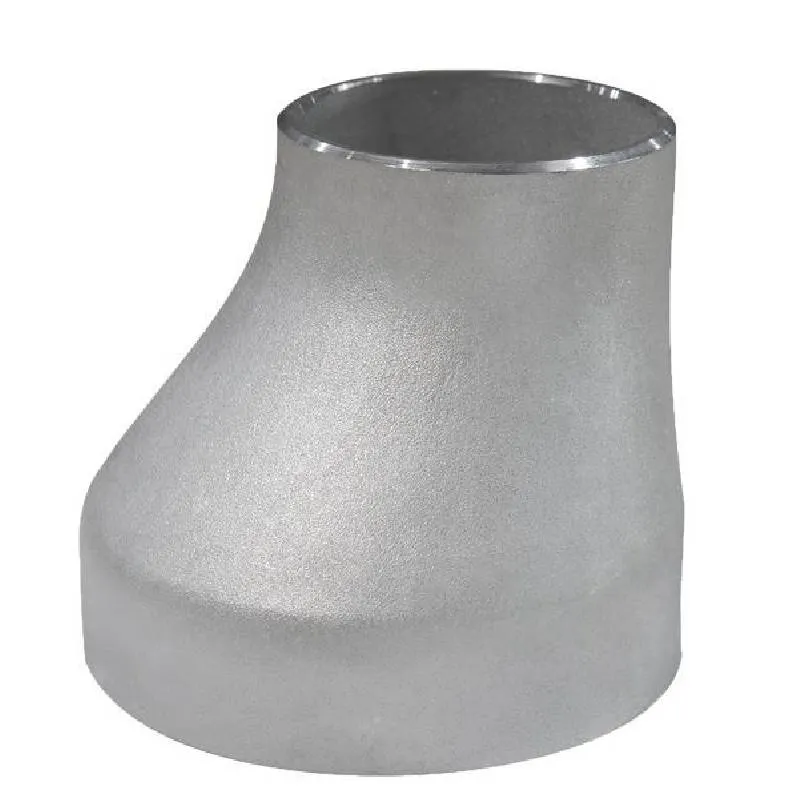-
Cangzhou Yulong Steel Co., Ltd.
-
Phone:
+86 13303177267 -
Email:
admin@ylsteelfittings.com
- English
- Arabic
- Italian
- Spanish
- Portuguese
- German
- kazakh
- Persian
- Greek
- French
- Russian
- Polish
- Thai
- Indonesian
- Vietnamese
- Zulu
- Korean
- Uzbek
- Hindi
- Serbian
- Malay
- Ukrainian
- Gujarati
- Haitian Creole
- hausa
- hawaiian
- Hebrew
- Miao
- Hungarian
- Icelandic
- igbo
- irish
- Japanese
- Javanese
- Kannada
- Khmer
- Rwandese
- Afrikaans
- Albanian
- Amharic
- Armenian
- Azerbaijani
- Basque
- Belarusian
- Bengali
- Bosnian
- Bulgarian
- Catalan
- Cebuano
- China
- China (Taiwan)
- Corsican
- Croatian
- Czech
- Danish
- Esperanto
- Estonian
- Finnish
- Frisian
- Galician
- Georgian
- Kurdish
- Kyrgyz
- Lao
- Latin
- Latvian
- Lithuanian
- Luxembourgish
- Macedonian
- Malgashi
- Malayalam
- Maltese
- Maori
- Marathi
- Mongolian
- Myanmar
- Nepali
- Norwegian
- Norwegian
- Occitan
- Pashto
- Dutch
- Punjabi
- Romanian
- Samoan
- Scottish Gaelic
- Sesotho
- Shona
- Sindhi
- Sinhala
- Slovak
- Slovenian
- Somali
- Sundanese
- Swahili
- Swedish
- Tagalog
- Tajik
- Tamil
- Tatar
- Telugu
- Turkish
- Turkmen
- Urdu
- Uighur
- Welsh
- Bantu
- Yiddish
- Yoruba

Oct . 19, 2024 10:10 Back to list
bending rigid metal conduit
Understanding Bending Rigid Metal Conduit
The construction and electrical industries often require durable and reliable solutions for routing and protecting electrical wiring. One of the most robust and traditional options is the rigid metal conduit (RMC). This article focuses on the bending of RMC, an essential skill for electricians and contractors to master.
What is Rigid Metal Conduit?
Rigid metal conduit is a type of non-flexible electrical conduit typically made of steel or aluminum. It provides mechanical protection for electrical wiring and ensures safety against environmental hazards, physical impact, and electromagnetic interference. RMC is often used in industrial, commercial, and outdoor installations where conditions may be harsh or require additional protection for electrical systems.
The Importance of Bending RMC
Bending RMC correctly is crucial for several reasons. First, it enables electricians to navigate tricky layouts, avoiding obstacles while maintaining a safe and professional appearance. Second, proper bends ensure that electrical wires can be run smoothly without unnecessary stress or damage. Lastly, skillful bending maintains the conduit’s structural integrity while adhering to codes and standards.
Tools and Techniques for Bending RMC
Before you begin bending RMC, you need to gather the right tools. A conduit bender, usually made of heavy-duty steel, is essential for producing accurate bends. Additionally, a measuring tape, marker, and protective gear, such as gloves and safety goggles, are necessary for a safe and effective bending process.
When preparing to bend RMC, the following steps should be taken
bending rigid metal conduit

1. Measure and Mark First, measure the distance between the start and end points of the conduit run. Mark the first bend point on the conduit where you want the first angle to be.
2. Set Bender for Angle A typical bend for electrical conduit is 90 degrees, but other angles may be required depending on your layout. Adjust the conduit bender according to the angle you've determined.
3. Position the Conduit Place the conduit in the bender with the mark aligned with the bend's index. Ensure the bender's shoe is flat against a sturdy surface for stability.
4. Bend with Control Apply firm and even pressure on the handle of the bender to create the bend. For larger conduit sizes, it may require more force, but be cautious not to over-bend, which could lead to kinks or deformities.
5. Check Alignment After bending, take a moment to verify the angle and alignment of the bend. This can be done using a level or a protractor to ensure precision.
6. Repeat as Necessary Depending on your installation, you may need to create multiple bends. Repeat the measuring and bending process, keeping in mind that each application may have specific requirements.
Best Practices for Bending RMC
- Make Gentle Bends Sharp bends can create stress points in the conduit, which could lead to breakage over time. Aim for gradual curves wherever possible. - Avoid Over-Bending There is a limit to how much you can bend RMC without damaging it. Typically, a bend should not exceed 10 times the conduit’s diameter. - Adhere to Code Always keep local and national electrical codes in mind when bending and installing RMC. Proper documentation and adherence to regulations ensure safety and compliance.
In conclusion, bending rigid metal conduit is a fundamental skill for professionals in the electrical field. By understanding the proper techniques and tools required for effective bending, electricians can ensure the integrity and safety of their installations, delivering quality work that stands the test of time.
Latest news
-
ANSI 150P SS304 SO FLANGE
NewsFeb.14,2025
-
ASTM A333GR6 STEEL PIPE
NewsJan.20,2025
-
ANSI B16.5 WELDING NECK FLANGE
NewsJan.15,2026
-
ANSI B16.5 SLIP-ON FLANGE
NewsApr.19,2024
-
SABS 1123 FLANGE
NewsJan.15,2025
-
DIN86044 PLATE FLANGE
NewsApr.19,2024
-
DIN2527 BLIND FLANGE
NewsApr.12,2024
-
JIS B2311 Butt-Welding Fittings LR/SR 45°/90° /180°Seamless/Weld
NewsApr.23,2024











